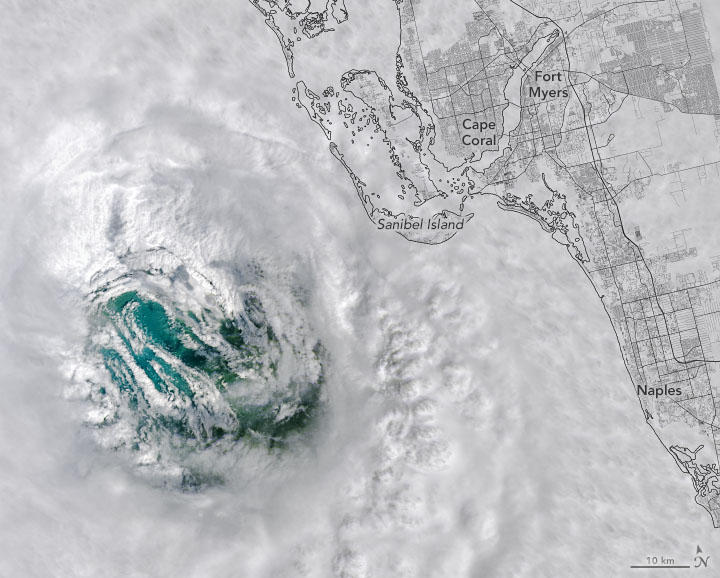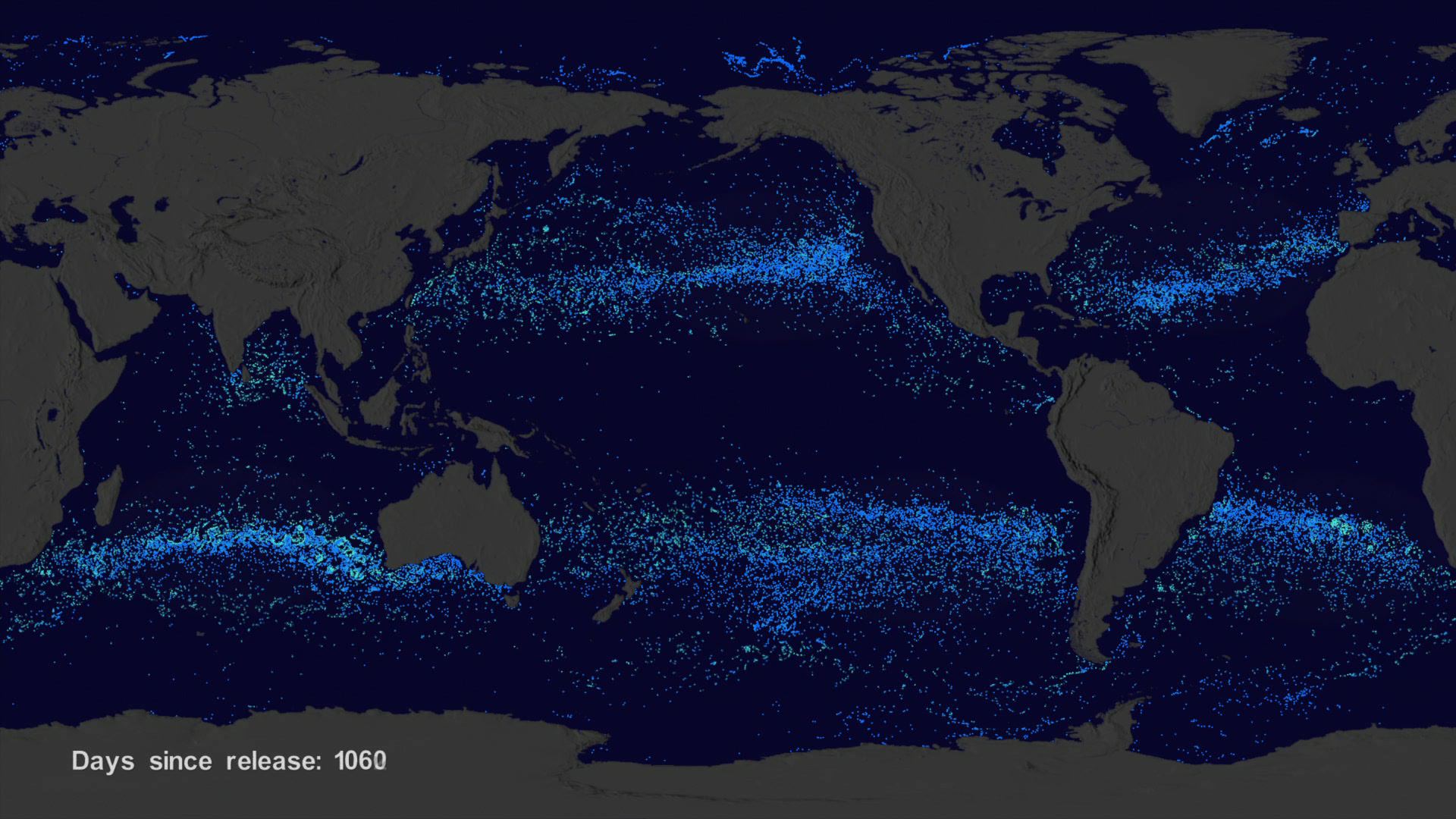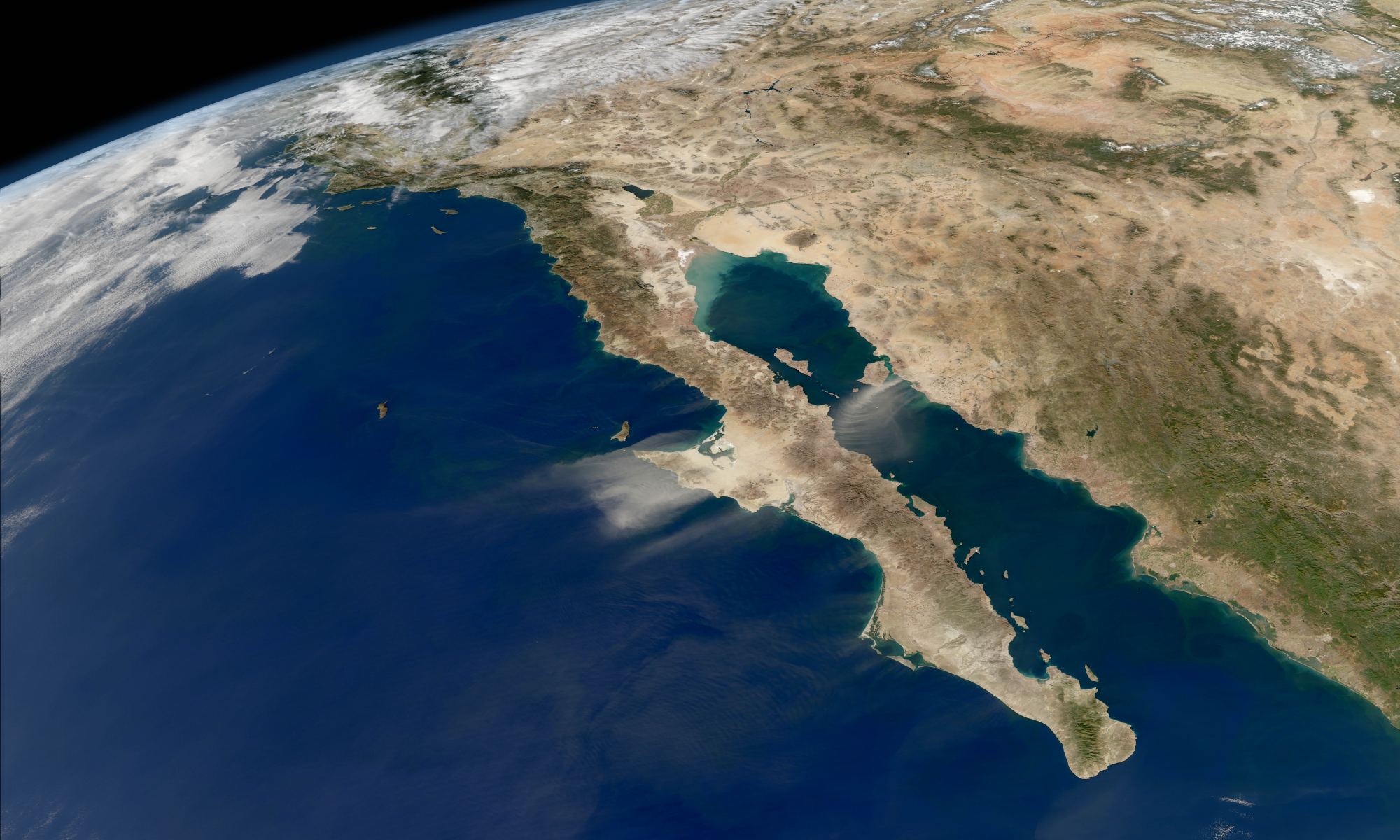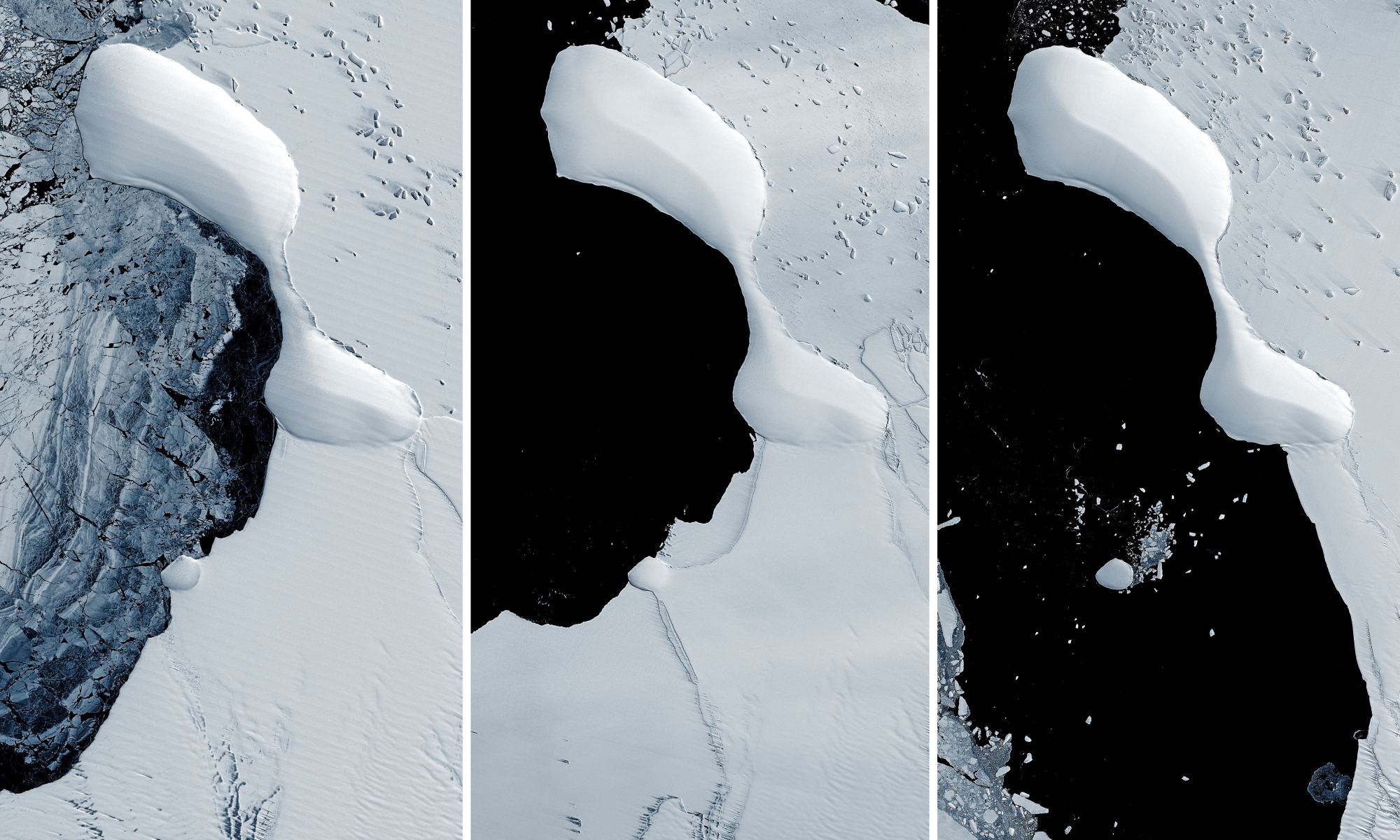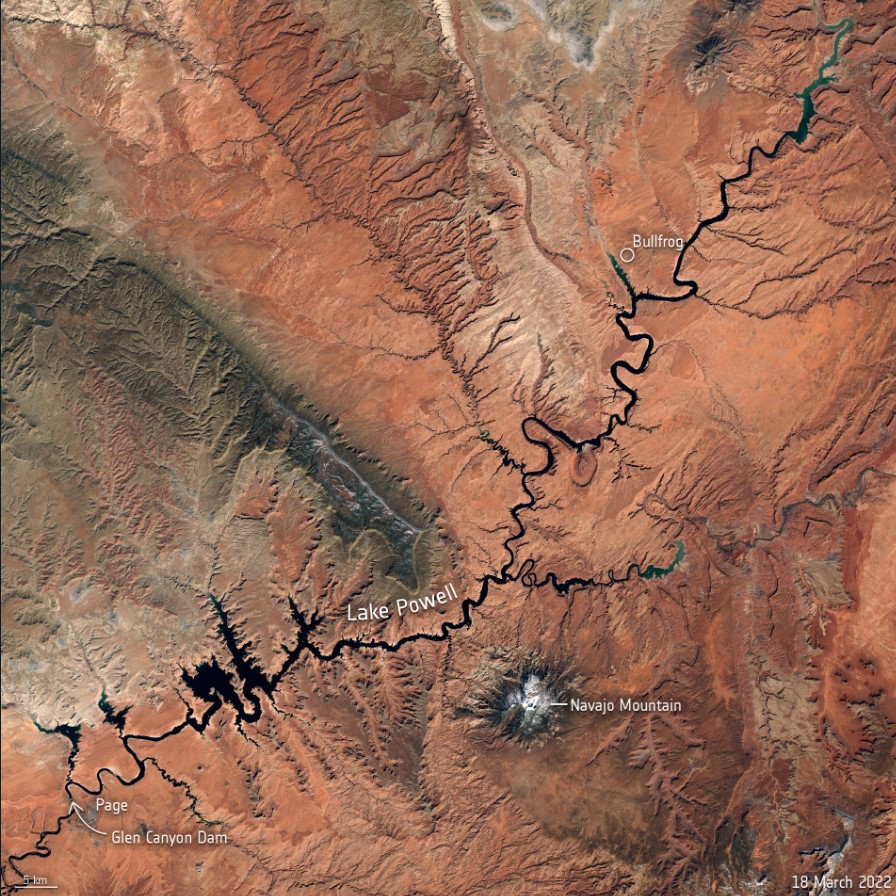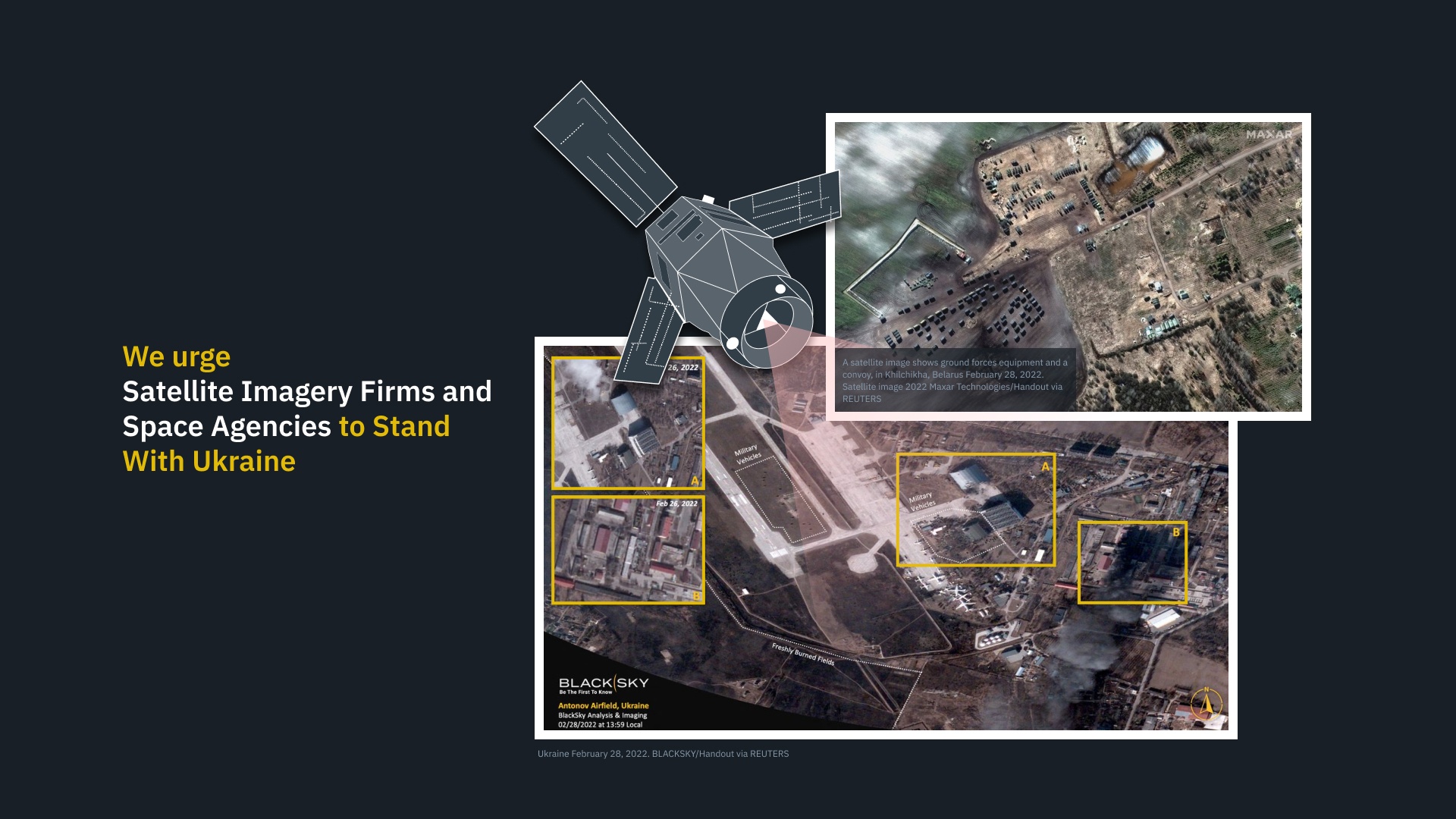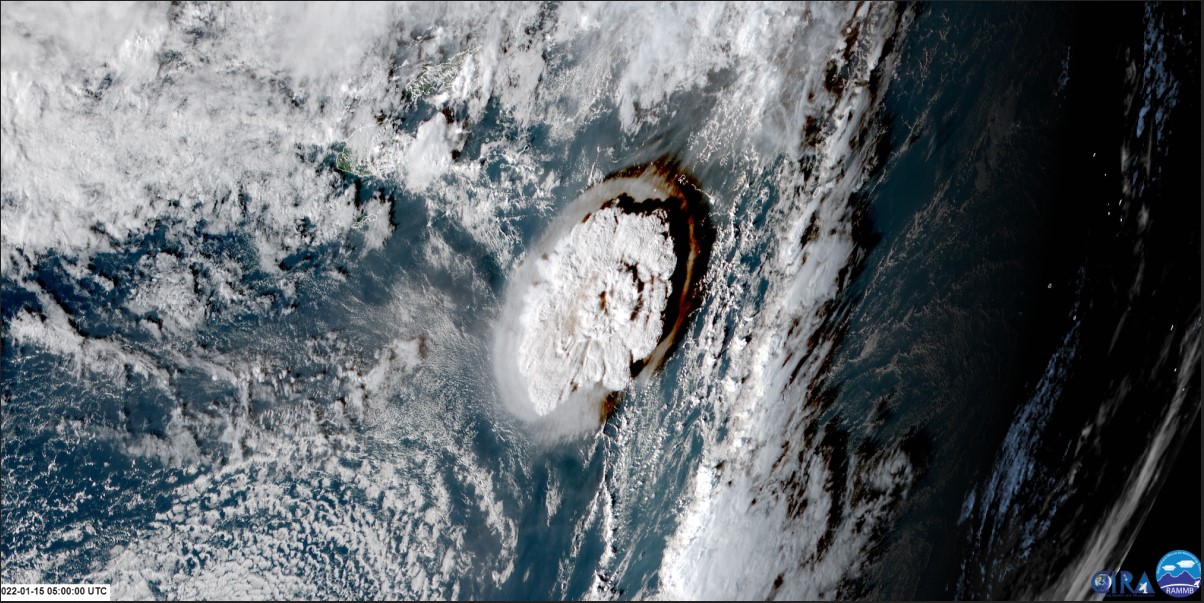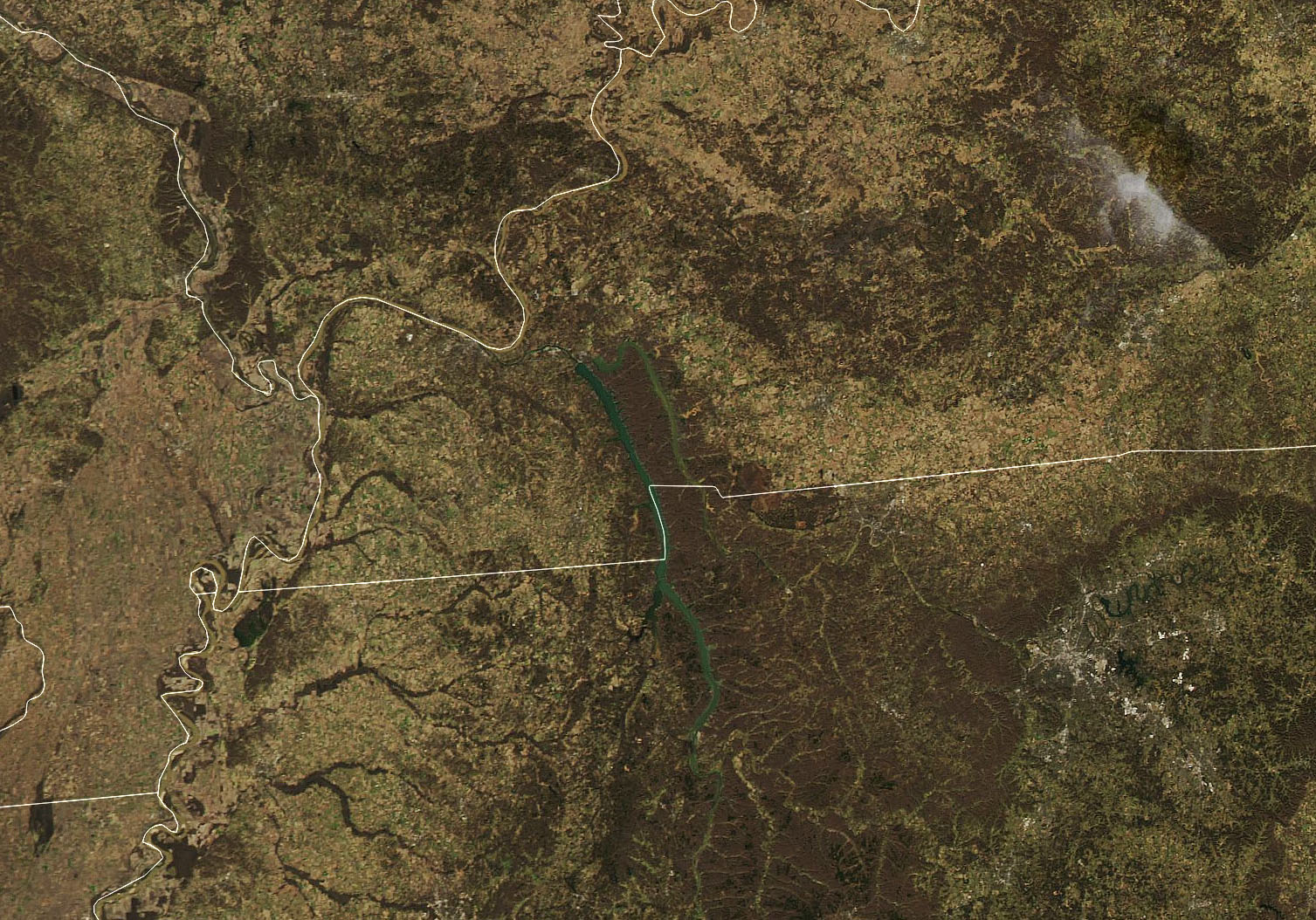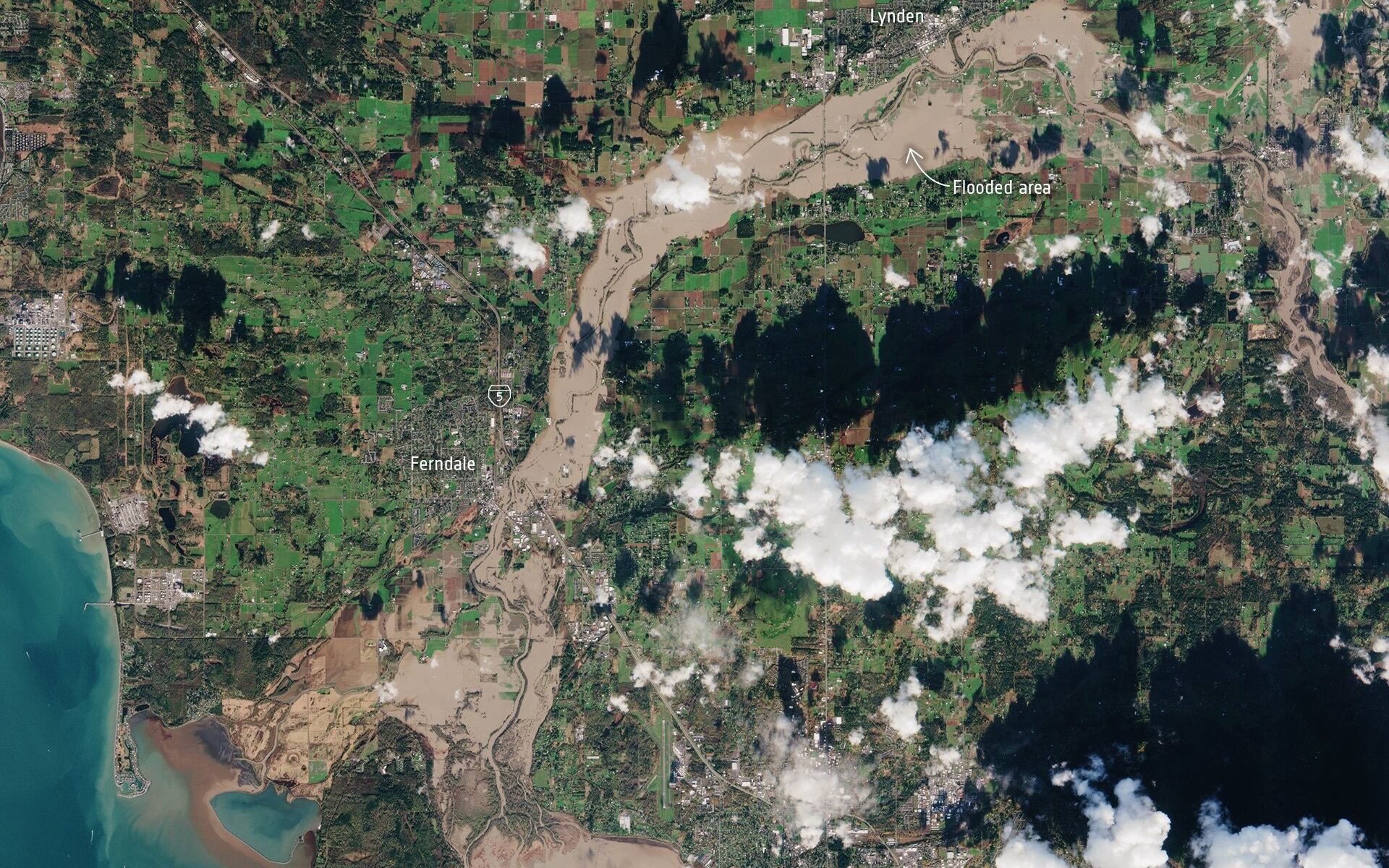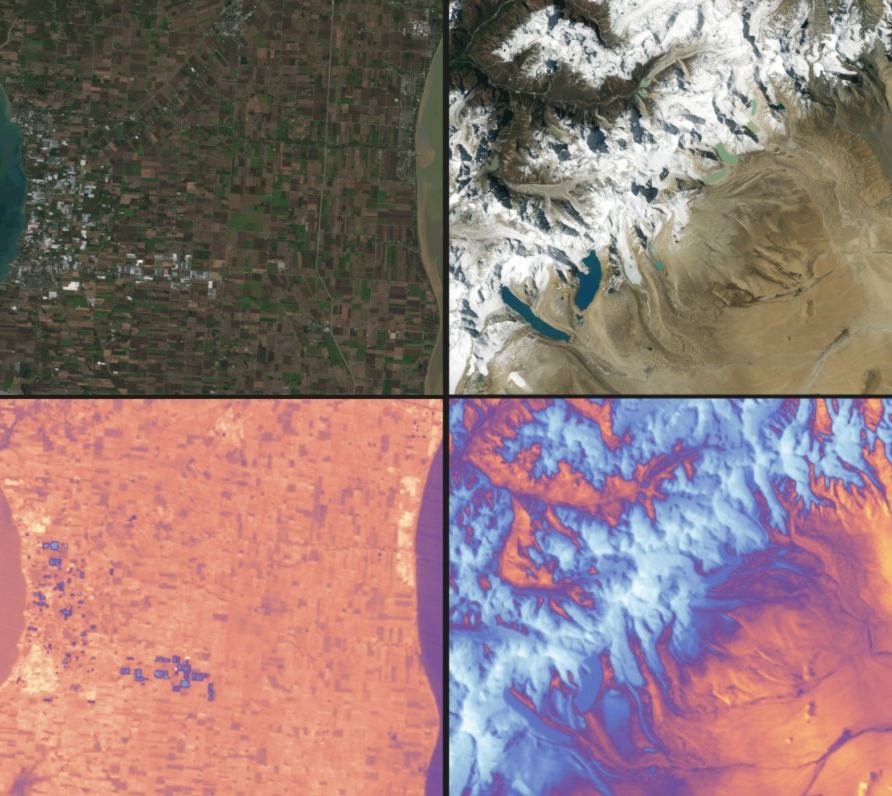NASA and NOAA satellites — as well as astronauts on the ISS — captured some stunning imagery of Hurricane Ian, as seen from orbit. Our lead image shows an eerie view of the hurricane’s eye on September 28. The Landsat 8 satellite passed directly over Ian’s eye as the storm approached southwest Florida.
Continue reading “Gaze Down Into the eye of Hurricane Ian, Seen From Orbit”Gaze Down Into the eye of Hurricane Ian, Seen From Orbit
